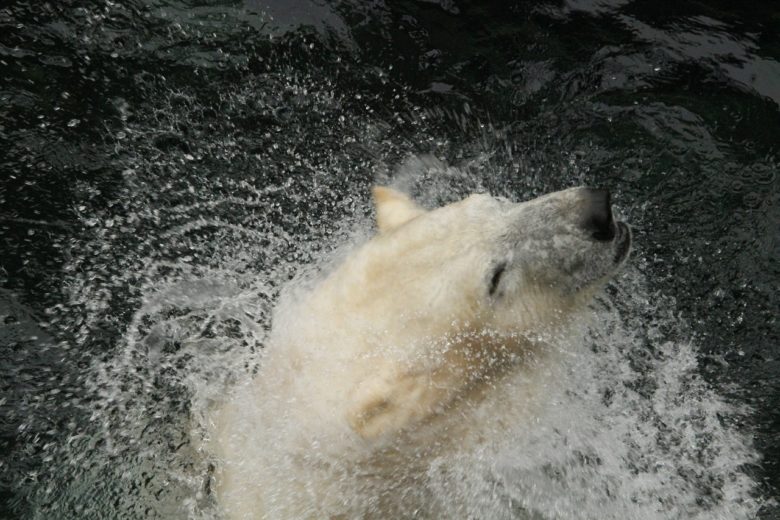
Reasons Why Endangered Species Stay Endangered
We are reader-supported. When you buy through links on our site, we may earn affiliate commission.
Republican President Richard Nixon signed the Endangered Species Act, which had broad bipartisan support, into law in 1973. The law lists certain species as endangered and threatened and aims to protect these at-risk animals. The ESA is believed to have saved 99 percent of the species it has listed.
Since then, the ESA has endured attacks from lawmakers and special interests. On the recent Endangered Species Act day on March 28, 1,452 scientists and experts sent a letter to Congress urging members not to approve several bills they said would undermine the Act’s scientific foundations.
Recent Challenges to Endangered Species Protections
Sometimes, changes to the ESA come in the form of riders attached to other bills. In the past, these riders have decreased or removed protections for the gray wolf, sage grouse and lesser prairie chicken.
The current rules require protection decisions to be made based on scientific grounds. A bill currently on the table would allow the U.S. Fish and Wildlife Service (FWS), which administers the ESA, along with the Department of Commerce’s National Marine Fisheries Service (NMFS), to deny protections because of economic considerations. Another would give states power over fossil fuel development on federal lands and exempt these decisions from ESA reviews.
The Trump Administration’s Interior Department recently rejected petitions to give 25 species protected status. The Center for Biological Diversity chalked the decision up to putting industry above wildlife as well as skepticism about climate change.
FWS is also facing other challenges, including budget cuts and the lack of a permanent director. Trump has even proposed cuts to the Endangered Species Conservation Fund.
Endangered Species Will Remain Endangered
These actions and others by lawmakers threaten to reduce protections for endangered and threatened species. Some could even lose their protected status or never get it at all.
Even if these species don’t have the protected status they need, they will remain at risk — no matter what the law says. Endangered species will stay endangered even if they’re not classified as such under the law.
Recent examples show that the federal government may sometimes remove animals from the endangered species list too quickly. In 2011, the U.S. Fish and Wildlife Service determined that the gray wolf in the western Great Lakes region of the United States could be removed from the list.
In 2014, a district judge overturned that decision. A federal appeals court recently ruled the service had not adequately considered the issue before removing the gray wolf. The animal was almost extinct at the end of the 20th century but has started to bounce back under protection.
The Interdependency of Ecosystems
Even if at-risk animals do get some protection, there remain significant risks that could threaten our environment as a whole and the species that depend on it. Species of animals and plants exist within ecosystems and rely on various other species to survive. These creatures are part of food chains and provide other ecosystem services. Bees, for example, pollinate plants.
The disappearance of one species can mean the loss of a major food source for another. The search for food may push the animals out of their natural habitat. It could also cause them to become malnourished. Some specialized species may even run out of food entirely.
On a broad scale, the loss of species and ecosystems could have drastic consequences — even the loss of entire habitats. Researchers have calculated that ecosystem services are worth approximately $33 trillion. Another study noted unchecked loss of species could eliminate 18 percent of global economic output.
Environmental protections are often removed or reduced in favor of short-term economic gains, but protecting nature may actually be more economically beneficial long-term.
Broad Environmental Challenges
The threat of climate change is another reason why endangered species, and perhaps all of the world’s species, may remain at risk despite their legal status.
Virtually all species, including humans, have felt or may someday soon feel the impacts of climate change. Rising temperatures and increasingly frequent severe weather events can damage entire ecosystems.
Sometimes, species are at risk for reasons caused directly by climate change. In 2016, the Bramble Cray melomy likely became the first species to become extinct because of climate change. It lived only on a single island off the coast of Australia. That island disappeared due to rising sea levels. It is specialized creatures like this one that are most at risk due to climate change as well as ecosystem imbalance.
Endangered species may also be some of the most susceptible to the planet’s rising temperatures.
Conclusion
It’s not all bad news for endangered and threatened species. There are still many efforts from environmental groups, lawmakers and individuals in motion aiming to help protect them.
Improving technologies are enabling better monitoring and tracking of at-risk species, which can also protect individual species as well as learn more about how to protect other animals. Captive breeding programs help to bring species back from the brink. And a bipartisan group of more than 100 members of Congress recently requested more funding from the House Appropriations Committee for the protection of endangered species.
However, it’s going to take more than funding for ESA protections to stop the extinction problem. While these measures are necessary, the interconnectedness of ecosystems and the overall environment means that it will require a more comprehensive approach to protect the world’s most at-risk creatures.
Share on
Like what you read? Join other Environment.co readers!
Get the latest updates on our planet by subscribing to the Environment.co newsletter!
About the author

Jane Marsh
Starting from an early age, Jane Marsh loved all animals and became a budding environmentalist. Now, Jane works as the Editor-in-Chief of Environment.co where she covers topics related to climate policy, renewable energy, the food industry, and more.





